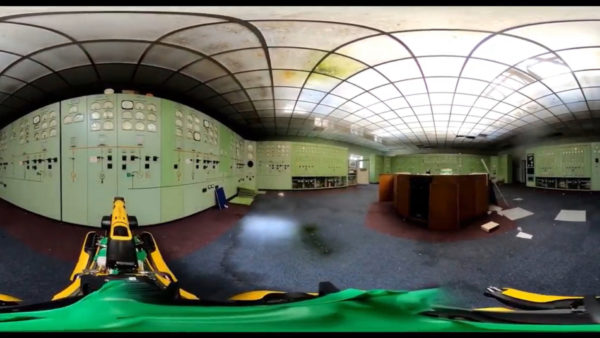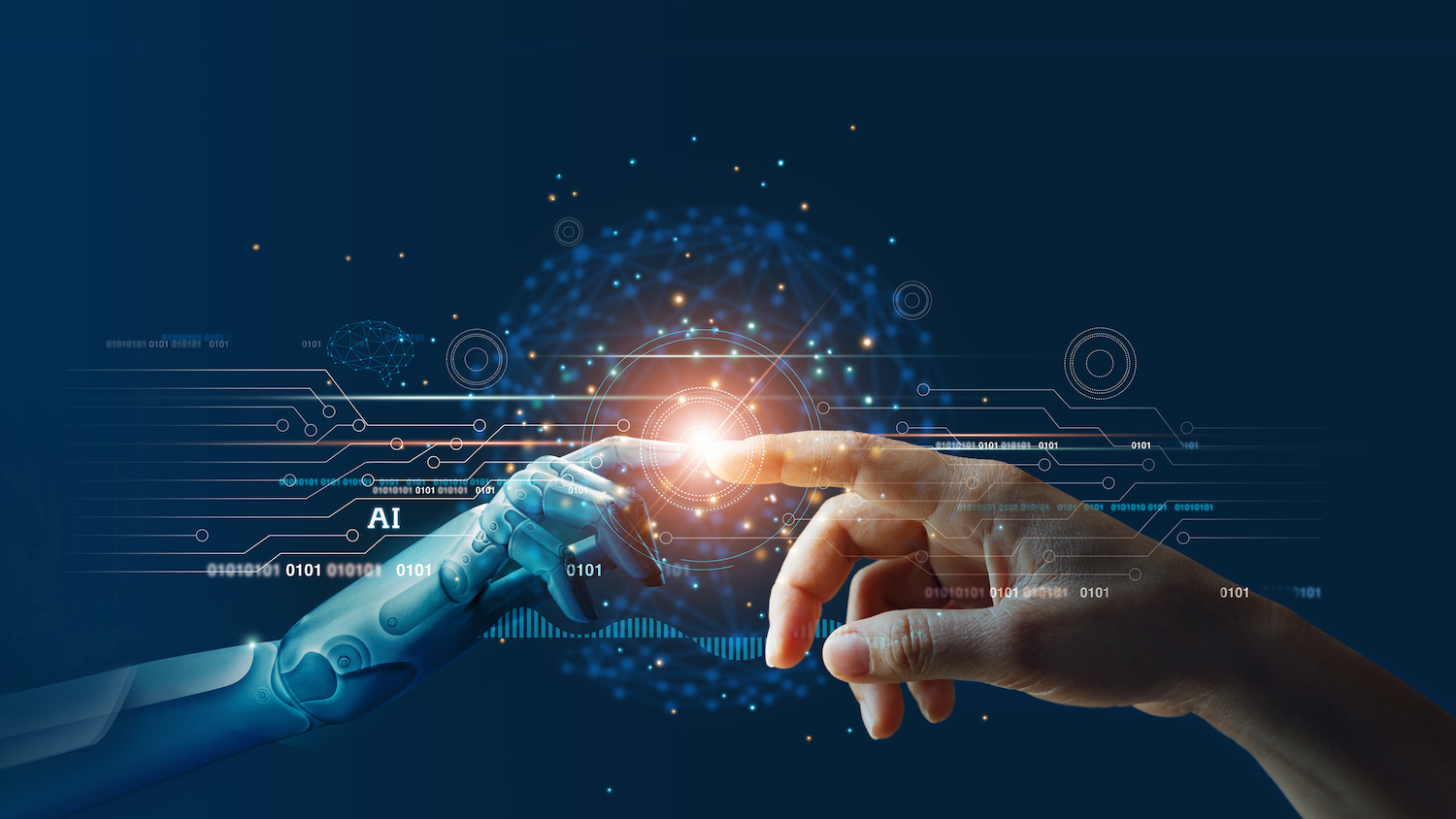
The annual Construction Management and BIMplus survey sought your views on the year’s hot topic: artificial intelligence – is it construction’s friend or foe?
Forms of artificial intelligence (AI) are prevalent in all walks of life and business, and the technology is edging its way into construction and the built environment. At the turn of the year, ChatGPT seized the headlines (including in the February edition of Construction Management), but by early summer well-known tech industry leaders were likening the unregulated growth of AI to the monstrous Skynet in the Terminator movies. Even Tom Cruise had to face off against AI in this summer’s Mission: Impossible movie.
Given its reputation for being behind the technology adoption curve, where does this leave construction and its relationship with AI?
The headline results of our survey reveal an industry keen to investigate the benefits of AI: nearly two-thirds of the respondents can see the positives. Nearly a third said they thought AI could improve productivity, while almost a tenth thought AI could improve safety, and nearly a quarter supported the statement: “AI doesn’t worry me – let’s embrace it.”
The biggest concern about the impact of AI was, not unexpectedly, the loss of jobs: an eighth of respondents cited this. Nearly the same number were also concerned about the ethics of AI. Less than a tenth were worried about how AI’s role will impact contracts and contract law.
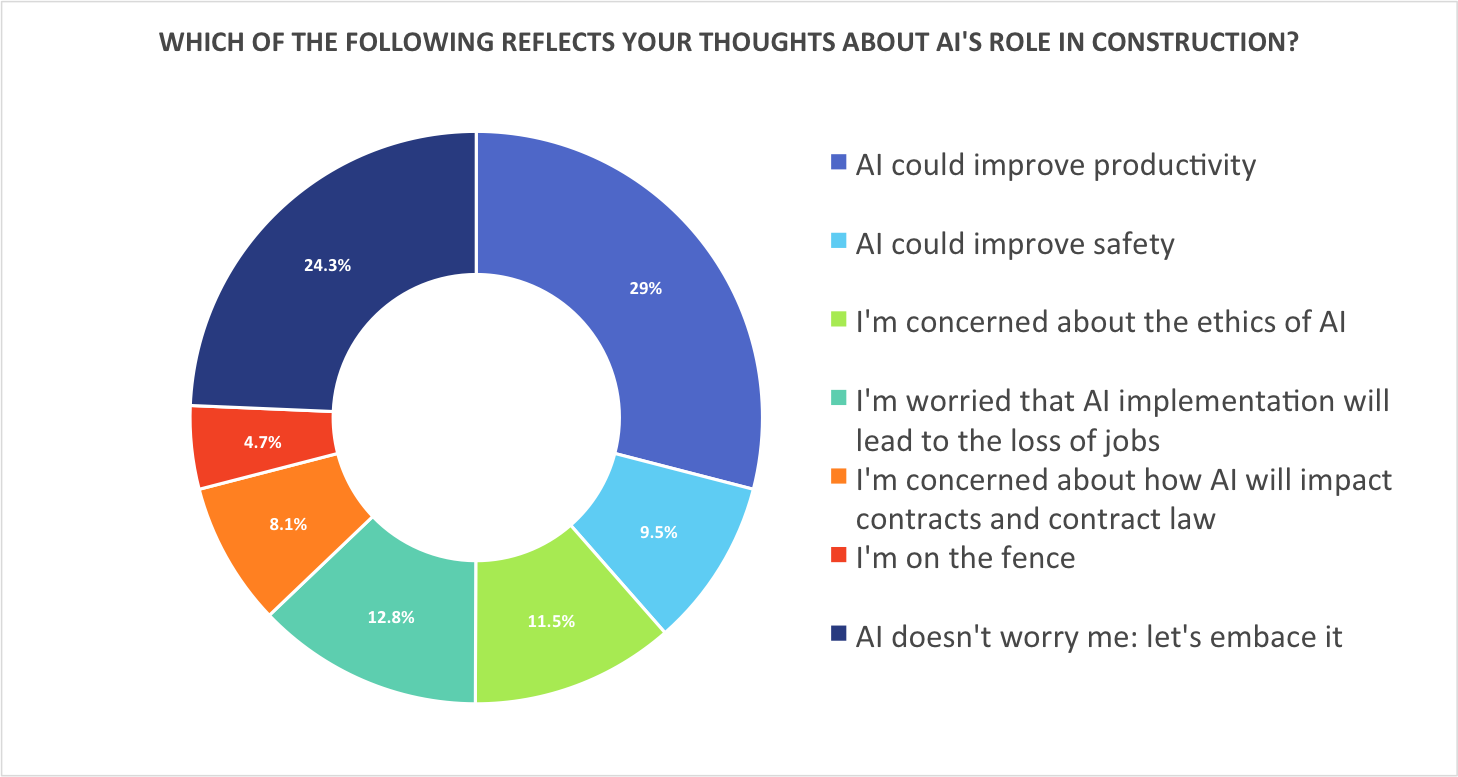
Embrace the potential
The verbatim responses represented the full spectrum of hopes and fears, from evangelists to naysayers. One very positive respondent said: “AI is the future and the sooner we embrace its potential, the better we can cope with all the changes in the industry.”
Another noted: “Al will improve productivity in the industry. A few jobs may be lost, but this does not mean unemployment will increase: this is where human upskilling will be required and jobs will then be created in fields where it’s not possible for AI to work.”
One respondent focused on the volume of data that projects now produce and the safeguards required: “The amount of data to be processed is increasing almost exponentially. This flood can no longer be processed by humans and requires machine support. We must not close our minds to such new technologies! Rather, we must actively define the standards, check their output quality alternately and not trust them blindly. The final decision must also remain with the human being in the future!”
Among those not convinced of AI’s place, one respondent reflected: “Just because there is a technological alternative does not mean it is better.”
Among the pithiest negative responses was this: “It’s up there with driverless cars. Nuclear war anyone?”
Among other technologies already benefitting construction or expected to deliver benefits in the future, tablets and smartphones on site were the most popular: 82% of respondents ranked them four or five out of five for beneficial impact.
Also popular were: design for manufacture and assembly (71.5%); 5G on site (68%); drones (67.5%); and digital twins (60%).
Information mismanagement?
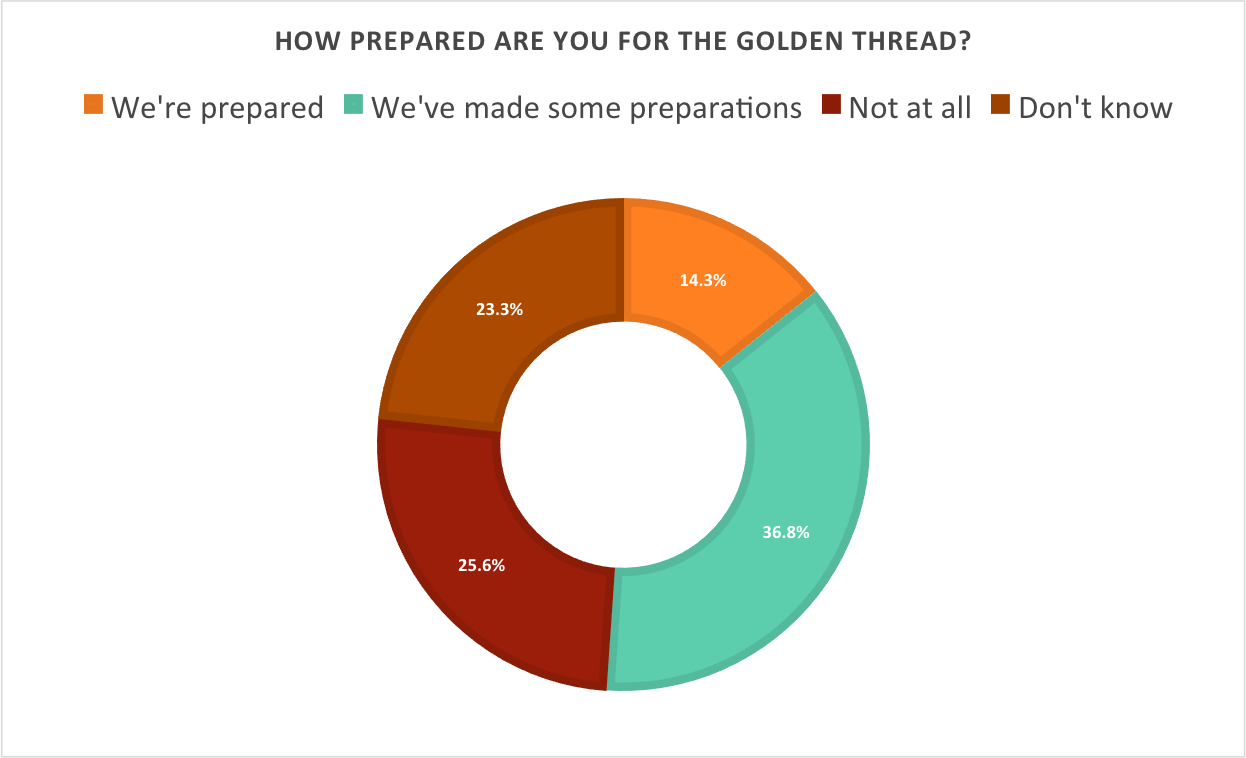
Debates about technology can appear too focused on the far future: what then of the near future? The survey also addressed preparations for the golden thread. Nearly a sixth (14.3%) said they are prepared for the golden thread, while more than a third (36.8%) said they have made some preparations. A little worryingly, a quarter are not prepared at all. The remainder of respondents were unsure.
Given that the golden thread affects all parts of the supply chain, it is again more than a little alarming to report that less than a third (29.3%) of respondents are satisfied with their supply chain’s information management processes. Indeed, more than half are not satisfied.
One respondent said: “The supply chain is nowhere near ready for this. Most are only just getting to grips with tablets.”
Another noted the clash between what the golden thread calls for and what the industry has historically produced: “Everyone is focused on structured data. Our recent work demonstrates that projects communicate in unstructured ways with 80%-plus of all communication coming from those sources. Bringing together both is the key to unlocking projects.”
Building Safety Act
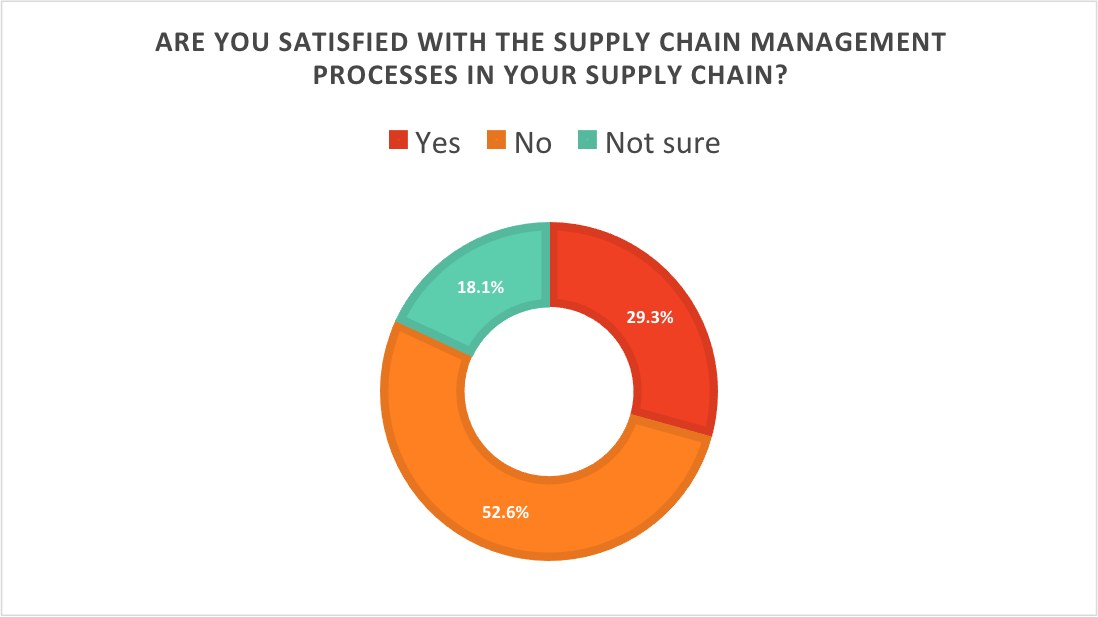
One respondent highlighted the changes to roles and responsibilities arising from the Building Safety Act: “The input of the new principal designer under the Act must not interfere with or lessen the impact that the construction team’s design manager can have on commissioning, handover and the golden thread. Design manager competence will obviously have to be recognised. The CIOB can lead on this.”
Another respondent pointed out that construction is already operating with processes akin to the golden thread in safety-critical industrial sectors: “We have been doing safety cases and creating golden threads in nuclear, aviation, chemical process industries and to a limited extent rail infrastructure.
“I don’t feel the built environment sector in general has explored and taken on board what has been learnt from other areas, something Dame Judith Hackitt seemed to envisage. Myself and colleagues have raised this at conferences and webinars, yet feel sidelined.”
For more on AI in construction, register for Digital Construction Summit panel debate on the topic on 11 September.
Don’t miss out on BIM and digital construction news: sign up to receive the BIMplus newsletter.











